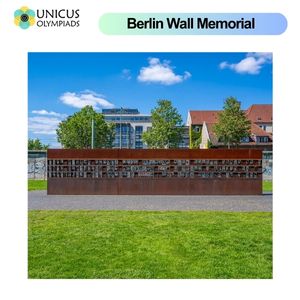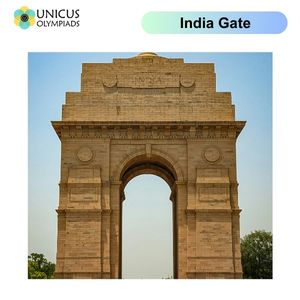

Monuments are significant landmarks that often represent the culture, history, and values of a society. They are built to commemorate important events, individuals, or achievements, and can be identified by their unique design features or their prominent location. Some monuments are famous for their architectural style, while others stand out due to their location or cultural importance. In this section, we will explore how monuments can be identified by design or location, with examples from around the world.
Monuments often have distinctive designs that make them easily recognizable. Their architecture, material, and artistic elements play a crucial role in their identification. Here are some ways monuments can be identified by their design:
Monuments can often be identified by the architectural style in which they are built. For example, a Gothic cathedral can be identified by its pointed arches, flying buttresses, and ribbed vaults, while a classical monument might feature columns and symmetrical proportions.
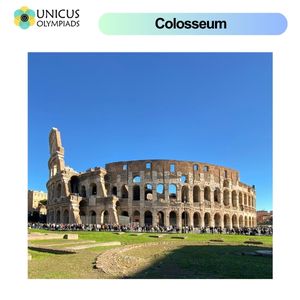
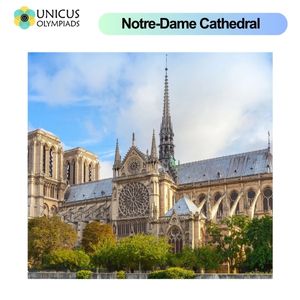
The material used in the construction of a monument can also provide a clue to its identity. Monuments may be built using materials like marble, sandstone, or granite, and the texture of the stone may vary depending on the region or period it was built.
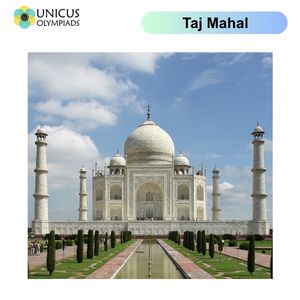
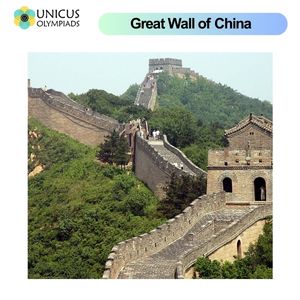
Many monuments feature unique design elements or symbols that are deeply connected to their purpose. These features can help us identify the monument by its cultural, historical, or religious significance.

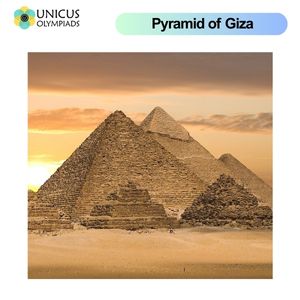
In addition to their design, the location of a monument can also play a key role in its identification. Some monuments are famous not only because of their architectural features but also due to their unique locations, often positioned to commemorate specific historical events or geographical significance.
Many monuments are located in prominent cities, and their positions within these cities are often tied to historical or cultural events.

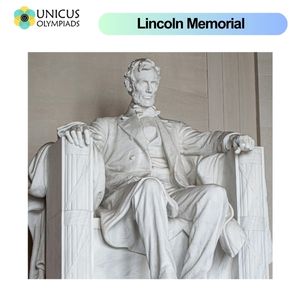
Some monuments are located in places that have strong geographical significance, often marking the boundaries of ancient civilizations, notable battles, or geographical landmarks.
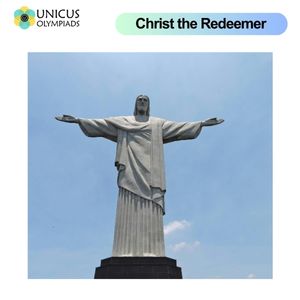
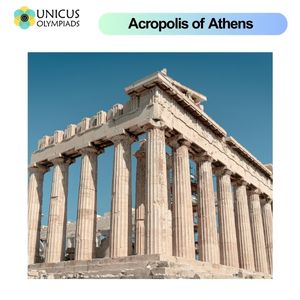
Some monuments are placed within natural landscapes, making them even more striking and memorable. These monuments may blend seamlessly with their environment or stand in stark contrast to it.
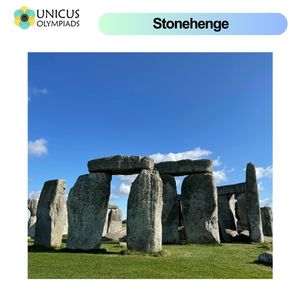
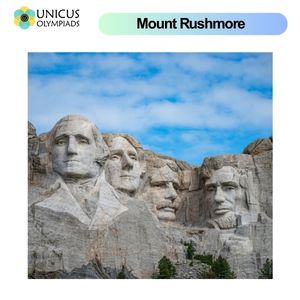
Some monuments are built in locations that commemorate significant historical or political events, such as battles, treaties, or national heroes.
